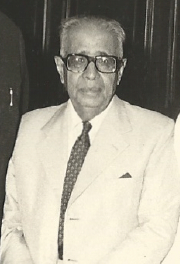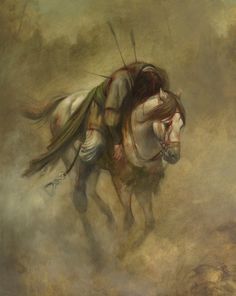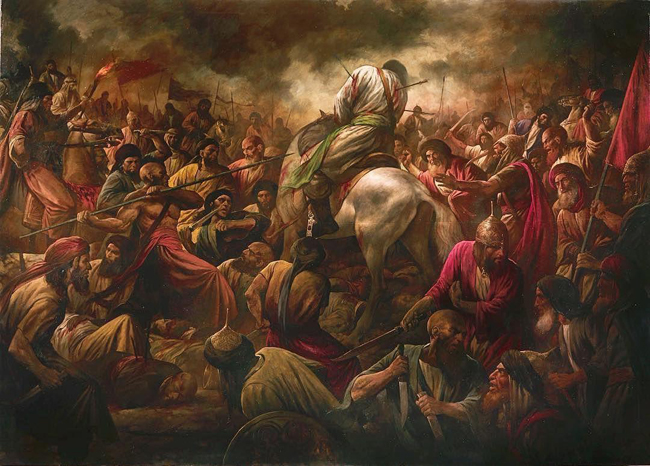While reading Muslim personal law, we read the personal laws of Sunni and Shia Muslims separately. So, a natural question come in the mind of the law reader that what is the reason of partition between two sects of a religion?
In a most illuminating introduction to Mullas Principles of Mahomedan Law,[1] Justice Hidayatullah, after speaking about Prophet Mahomed, has this to say:

The Prophet had established himself as the supreme overlord and the supreme preceptor. Arabia was steeped in ignorance and barbarism, superstition and vice. Female infanticide, drinking, lechery and other vices were rampant. However, the Prophet did not nominate a successor. His death was announced by Abu Bakr and immediate action was taken to hold an election.
Election of first Caliph
As it happened, the Chiefs of the tribe of Banu Khazraj were holding a meeting to elect a Chief and the Companions went to the place. This meeting elected Abu Bakr as the successor. The next day Abu Bakr ascended the pulpit and everyone took an oath of allegiance (Baiat).
The Koreish tribe was divided into Ommayads and Hashimites. The Hashimites were named after Hashim the great grand-father of the Prophet. There was bitter enmity between the Ommayads and the Hashimites. The Hashimites favoured the succession of Ali and claimed that he ought to have been chosen because of appointment by the Prophet and propinquity to him. The election in fact took place when the household of the Prophet (including Ali) was engaged in the obsequies. This offended the Hashimites.
It may, however, be said that Ali, regardless of his own claims, immediately swore allegiance to Abu Bakr.
Ali was not set up when the second and third elections of Omar and Osman took place, but he never went against these decisions and accepted the new Caliph each time and gave him unstinted support.
Election of Second Caliph
After Abu Bakr, Omar became second caliph of Islam. Abu Bakr was sixty years old and was Caliph only for two years (d. 634 A.D.). Even when he was Caliph, the power behind him was Omar Ibnul Khattab. It is said that Abu Bakr named Omar as his successor. Even if this be not true, it is obvious that the election was a mere formality. Omar was assassinated after ten years as Caliph (644 A.D.).
Third Caliph
Osman was elected as the third Caliph. Tradition is that Omar had formed an inner panel of electors (six in number), but this is discountenanced by some leading historians. Later this tradition was used by the Abbasids to form an inner conclave for their elections. This special election used to be accepted by the people at a general, but somewhat formal, election. Osman was Caliph for 12 years and was assassinated (656 A.D.).
Fourth Caliph was Ali
Ali was at last elected as the fourth Caliph. The election of the first four Caliphs, who are known as Khulfai-i-Rashidin (rightly-guided Caliphs) was real, although it may be said that each time the choice was such as to leave no room for opposition. Ali was Caliph for five years. He was killed in battle in 661 A.D.
Fifth Caliph and battle of Karbala

Ali had two sons- Hasan and Hussain. Hussain was elder. Ali’s son Hasan resigned in favour of Muavia the founder of the Ommayads dynasty. Hasan was, however, murdered.
The partisans of Ali persuaded Hussain, the second son of Ali, to revolt against Mauvia’s son Yezid, but at Karbala, Husain died fighting after suffering great privations. The rift between the Sunnis and the Shias (Shiat-i-Ali party of Ali) became very great thereafter.
[1] (16th Ed.) (1968)

[…] Latest Reference of Talaq in Quran The concept of Talaq- History, types and Status Brief history of Sunni and Shia sects in the words of Justice Hidayatullah Not only triple talaq but talaq-e-ahsan and hasan were also challenged by attorney general in […]